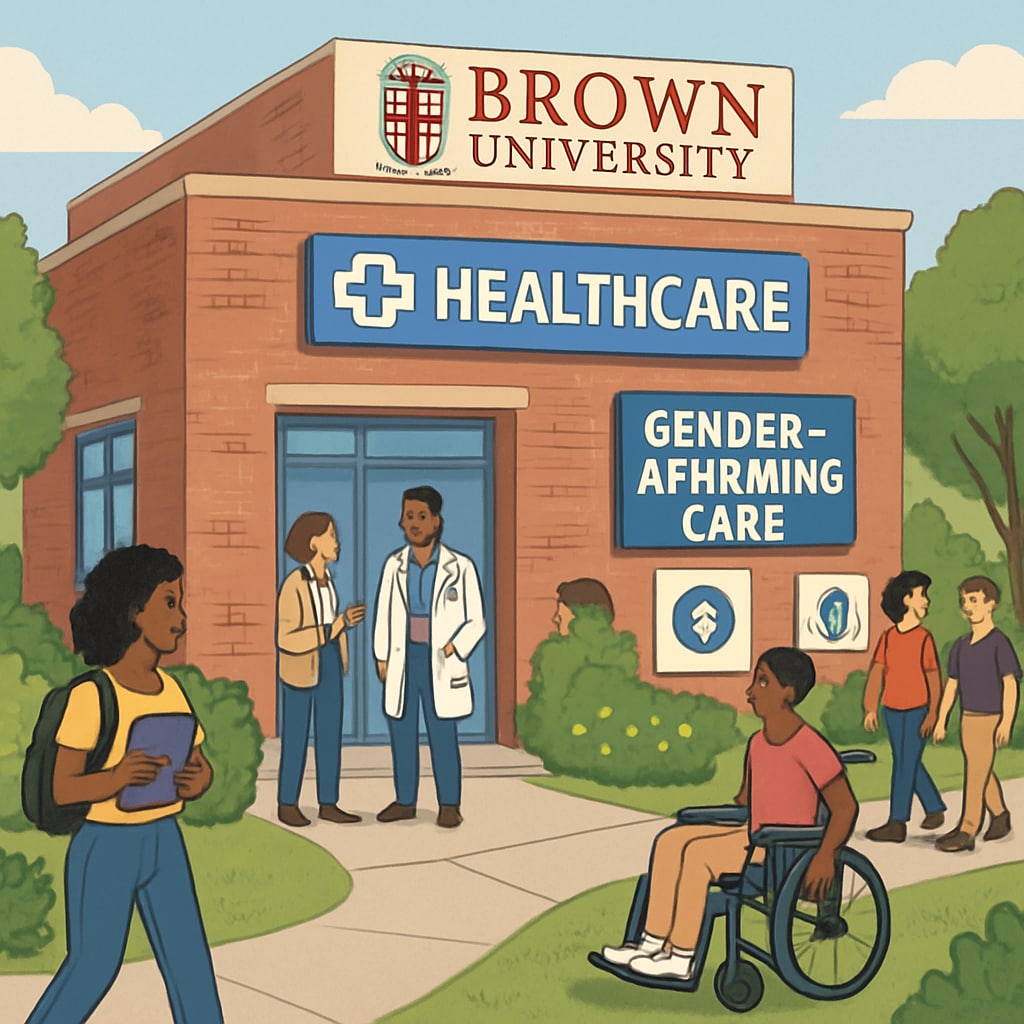Brown University’s recent changes to its gender policies have sparked widespread attention, particularly regarding their impact on transgender students. These reforms aim to create a more inclusive and supportive campus environment, touching on key aspects such as gender-neutral housing options, inclusive healthcare provisions, and broader recognition of gender diversity. As universities across the United States strive to meet the needs of LGBTQ+ communities, Brown University’s efforts stand out as a significant step toward equity.
Enhancing Campus Housing for Transgender Students
One of the most impactful changes introduced by Brown University is the expansion of gender-neutral housing options. For transgender students, housing can be a sensitive issue, with mismatched accommodations often leading to discomfort or even discrimination. The new policies ensure that students can select housing that aligns with their gender identity, providing a safer and more comfortable living arrangement.
Moreover, the university has implemented measures to train residential staff on issues related to gender diversity. These trainings aim to foster a deeper understanding of the challenges faced by transgender students and to ensure that their needs are met promptly and respectfully. As a result, this initiative contributes to a more inclusive residential experience for all students.

Improving Healthcare Access for Gender-Affirming Needs
Another critical area addressed by Brown University’s updated policies is healthcare access. Transgender students often face barriers when seeking gender-affirming care, such as hormone therapy or counseling services. Brown’s health services now include expanded coverage for these needs, ensuring that students can access essential medical care without unnecessary hurdles.
In addition, the university has partnered with local clinics to provide specialized care for transgender individuals. This collaboration not only enhances the quality of care but also reduces wait times for appointments. By prioritizing the health and well-being of transgender students, Brown University sets a precedent for other institutions to follow.

Fostering a Culture of Inclusivity
Beyond housing and healthcare, Brown University is taking steps to create a more inclusive culture across campus. This includes revising administrative forms to allow for nonbinary gender markers and providing training sessions for faculty and staff on gender inclusivity. These efforts aim to normalize the use of preferred pronouns and create an environment where transgender students feel respected and valued.
Additionally, the university has increased funding for LGBTQ+ student organizations and events. These programs provide platforms for advocacy, education, and community building, further enhancing the sense of belonging among transgender students.
Challenges and Opportunities for the Future
While these policy changes represent significant progress, challenges remain. For example, ensuring that all members of the campus community are aligned with the university’s inclusivity goals requires ongoing education and dialogue. Furthermore, Brown University must continue to evaluate the effectiveness of these changes and remain responsive to the evolving needs of its students.
Looking ahead, the university has the opportunity to serve as a model for other institutions. By sharing best practices and lessons learned, Brown can contribute to broader systemic changes within higher education, promoting inclusivity on a national scale.
In conclusion, Brown University’s new gender policies mark a pivotal moment in its commitment to supporting transgender students. By addressing housing, healthcare, and cultural inclusivity, the university is setting a standard for others to emulate. As these changes take root, they hold the potential to transform the campus experience for transgender individuals, ensuring that everyone can thrive in a supportive and affirming environment.


